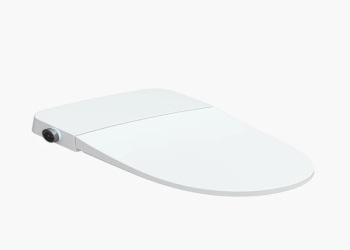There are several different types of fence wire. Some types are cheaper to buy and install while others are more expensive. Knowing how to use them is important in many situations. Here are a few examples of the different types. If you have a project that requires a lot of fence wire, you should look for full-featured pliers with cutting notches and edges. A good pair of fence pliers should also have a hammer for driving staples and a spike for pulling staples.
High-tensile fence wire is a simple barrier that can be electrified for greater effectiveness. It is also affordable and requires minimal maintenance. Most high-tensile wire is either 12.5 gauge galvanized steel. Barbed wire is an older type of fence wire, made of sharp points and often used to contain livestock. However, it is still very effective. It was the first wire technology that could contain livestock.
The type of fence wire you choose will depend on your animals and the area in which you’ll be using it. You should also consider the presence of weeds, as weeds can affect the voltage of electric fences. Weeds can create an open circuit, which is a situation where an electric current cannot pass from a positive terminal to a negative one. The animal touching the wire closes the circuit. You should also consider the size of the area you’ll be enclosing.
The most common electrical fence wire is made of galvanized steel. Galvanized steel is a cheaper alternative than its aluminum counterpart and can be connected to almost any charger. It can be pieced together and run for long distances without affecting the charge. Because it’s inexpensive, galvanized steel is the most common type of electric fence wire for a temporary perimeter or permanent fence. If you’re not sure which type of wire you need, check with your local electrician before making the final decision.
Polywire is another option. It’s lighter and easier to install than conventional metal wire. Polywire can be repaired and re-wound. It’s durable enough to handle a variety of applications, including rotational grazing and pet control. It should not be used with continuous output chargers, however, because the wire will stretch over time. So you should carefully consider the material that you choose. It’s also important to know how to properly maintain the fence.
There are many different types of fence wire, and each of them has its own set of advantages. Some are cheaper than others, but they all have their pros and cons. There are two major types of fence wire. Choose the best one for your project and budget. Just make sure to read all of the product descriptions before buying. They’ll give you a better idea of how to use them. This will save you time and money. And remember, fence wire is more affordable than you think!
Polytape: The less expensive of the three types, it has a wider profile and is more susceptible to damage. This type of fencing is often used for temporary fencing, strip grazing, or temporary fencing. Polytape is available in various colors and is ideal for training livestock to electric fencing. It’s easy to use and can be purchased in various quantities. It’s ideal for temporary fencing because it doesn’t cause any pain, but it’s not as secure.












